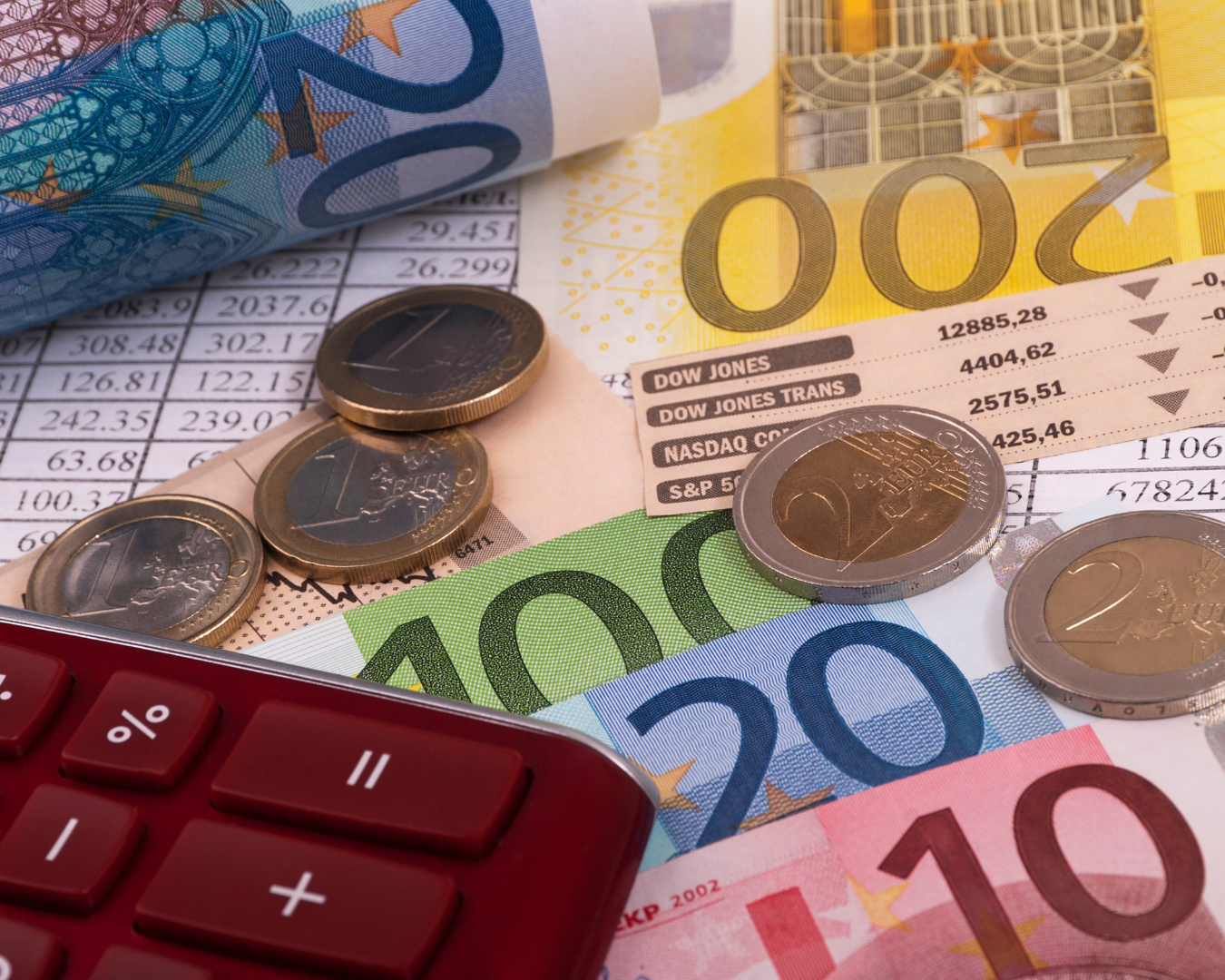GreenGrantsGuide: Energy Efficiency Investments and Corporate Tax Credit – How Can Your Company Reduce Its Tax Burden?
Energy efficiency investments not only promote sustainable operations but can also offer financial benefits to companies through state support. According to Section 22/E of the Corporate Tax and Dividend Tax Act (Tao. tv.) of 1996, companies can claim a corporate tax credit for investments aimed at improving energy efficiency, thereby reducing their tax liabilities.
But which investments qualify for the tax credit? How much tax reduction can be achieved, and what conditions must be met? Let’s explore the key information!
Which Investments Qualify for the Tax Credit?
The tax credit applies to investments that are carried out in any town or city in Hungary and serve only energy efficiency purposes, which can be proven to reduce final energy consumption. These may include:
- Improvement of manufacturing facility energy efficiency – For example, modern thermal insulation, energy-efficient lighting, and state-of-the-art machinery.
- Introduction of energy-saving technologies – Installation of heat recovery systems, modern low-energy equipment.
To claim the tax credit, the energy efficiency goal of the investment must be proven, which can be certified by an energy auditor or an auditing organization.
How Much Tax Credit Can Be Claimed?
- The tax credit can be claimed for up to 6 tax years.
- The amount of the credit that can be claimed each year cannot exceed 70% of the calculated tax for that year.
- The maximum tax credit available is 30% of the eligible investment costs.
- For small and medium-sized enterprises (SMEs), the support intensity can be increased:
- For small enterprises, it can be increased to 50%.
- For medium-sized enterprises, it can be increased to 40%.
- The total amount of the tax credit cannot exceed the equivalent of 15 million euros in Hungarian forints.
Example:
A medium-sized company implements a 100 million HUF investment to improve energy efficiency in its factory. The energy efficiency-related costs of the investment amount to 60 million HUF. The tax credit can be claimed for 40% of this amount, or 24 million HUF. The company has 6 years to use the credit.
What Costs Can Be Accounted for Under the Tax Credit?
When determining the eligible costs for the tax credit, it is important to evaluate whether the investment or renovation costs related to energy efficiency can be separately identified, and if there is a feasible alternative investment that can be compared with the project.
- If the costs can be separated and there is no alternative investment, then the investment costs should be considered eligible – this includes the purchase value of tangible assets or intangible assets that directly contribute to improving energy efficiency.
- If the costs cannot be separated, or there is an alternative investment, then the eligible cost is the additional cost of the energy-efficient solution compared to a less energy-efficient alternative. The taxpayer must prove that the energy-efficient solution is more expensive than a traditional investment, and the price difference can be counted as an eligible cost.
Example:
A medium-sized company installs a modern heat pump system costing 20 million HUF. A traditional boiler would cost 12 million HUF. The additional cost of the energy-efficient investment is 8 million HUF, and the tax credit available would be 3.2 million HUF (40% of the additional cost). This credit can be applied in the tax year of the investment’s completion, up to 70% of the calculated tax.
What Conditions Must Be Met to Claim the Tax Credit?
- Energy efficiency certification must be obtained from an energy auditor.
- The investment must be commissioned and maintained – The equipment must be operated for at least 5 years.
- The company must not have tax arrears or be subject to penalties for unreported employment.
When Is the Tax Credit Not Available?
- If the investment’s purpose is solely to meet an already approved EU standard.
- If the company is experiencing financial difficulties (e.g., it is persistently loss-making or has significant tax arrears).
- If the company is under liquidation, voluntary liquidation, or compulsory dissolution.
- If the company is already using a development tax credit for the same investment, as the two cannot be combined.
Inspections and Penalties
The tax authority (NAV) will conduct at least one inspection within 3 tax years after the first use of the tax credit.
If the company does not meet the required conditions, for example:
- Does not operate the equipment for the mandatory 5 years,
- Cannot prove the energy efficiency investment,
- Withdraws the equipment early without replacement,
then the company will be required to repay the tax credit, which could result in significant financial consequences.
It’s Worth Taking Advantage of the Opportunity
The corporate tax credit for energy efficiency investments is an excellent opportunity for companies to reduce their tax burden while modernizing and making their operations more sustainable. However, it is crucial to proceed carefully and ensure that all regulations are met to make full use of this opportunity.



